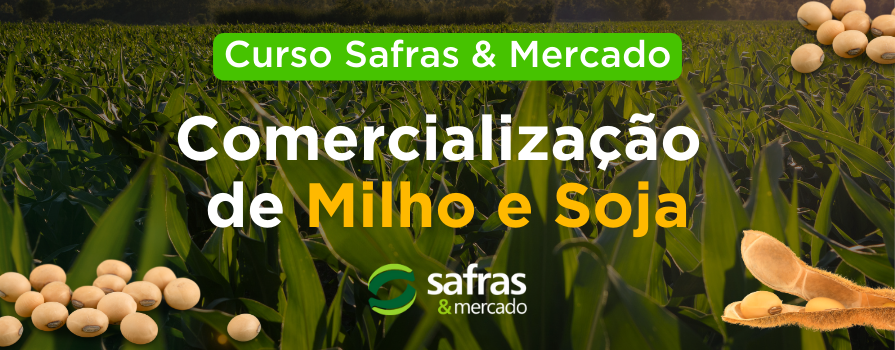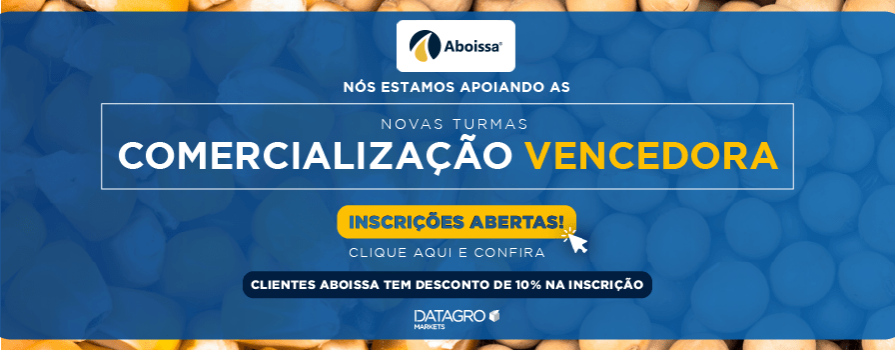
Soy lecithin is a natural phospholipid complex derived from crude soybean oil, which acts as a emulsifier, dispersant, stabilizer, antioxidant, and humectant. It is rich in phospholipids and other components, making it effective in dispersing powders in liquids and improving the homogeneity of mixtures, preventing lump formation.
In the agribusiness industry, lecithin is a versatile byproduct or ingredient used in various industries, such as paints, pharmaceuticals, and resins. This article focuses on its applications in the food and animal nutrition sectors. Lecithins are manufactured through a variety of processes, which can include filtration, standardization, and de-oiling. Their molecular structure can be altered by enzymatic or chemical means, obtaining customized properties to meet the specific needs of each client.
Food Industry
Soy lecithin is one of the most widely used emulsifiers due to its ability to blend ingredients that don't naturally mix, such as water and oil. Therefore, there are several practical examples of its use in food industry. Lecithin is valued for its nutritional benefits (choline, phospholipids), aligning with the trend toward functional foods and supplements. Furthermore, the tocopherols present in lecithin help slow fat oxidation, extending the shelf life of products.
In the production of chocolates and confectionery, lecithin reduces the viscosity of melted chocolate, prevents fat bloom (whitening of the fat) and improves the molding of chocolates. As a benefit, it improves texture and shine, in addition to enabling a reduction in the use of cocoa butter, generating savings in the production process.
In the manufacture of margarines, lecithin acts as an emulsifier and stabilizer, helping to keep the aqueous and oily phases homogeneous, improving texture, consistency, and plasticity. In products bakery, lecithin improves dough mixing, improves moisture retention and, as a benefit, results in softer breads and cakes with greater volume and an extended shelf life.
In the production of cookies and cookies, lecithin acts as a nonstick and lubricant, facilitating mold release, as well as improving texture and crispness. Another, perhaps lesser-known, application is in the production of mayonnaise and sauces, in which lecithin acts as a primary emulsifier, preventing phase separation and providing a smooth, uniform texture. It can also be used in ice cream and vegetable drinks, avoiding crystallization and improving creaminess.
With its remarkable ability to act as an emulsifier, dispersant, and stabilizer, lecithin proves to be an invaluable and multifunctional ingredient in the food industry. Its applications, which range from improving texture and shine in chocolates to providing softness and a longer shelf life in baked goods, as well as ensuring homogeneity in margarines, mayonnaise, and sauces, reinforce its role as a process optimizer and contributor to the final quality of foods. This versatility not only enhances the consumer experience but also provides significant efficiencies and savings to manufacturers, solidifying soy lecithin as an indispensable component for innovation and excellence in food production.
Animal nutrition industry
In the sector of animal nutritionLecithin is an excellent source of essential fatty acids, increasing the absorption of water-soluble nutrients such as vitamins and minerals, making it an effective option for healthier and more efficient production. With its natural emulsifying properties, lecithin helps enhance the flavor and texture of animal feed, ensuring better animal performance and productivity. Its main applications in this sector include the formulation of balanced feeds and foods for poultry, calves, ruminants, swine, fish, and crustaceans.
In the production of feed for birds and pigs, lecithin acts as an emulsifier of dietary fats, improving the digestion and absorption of fat-soluble vitamins and essential fatty acids, resulting in better feed conversion and weight gain. In aquaculture, lecithin plays an essential role in feed for salmon, shrimp, tropical fish and lobsters, especially in the early stages of growth.
In South America, Chile and Ecuador stand out for their consumption of soybean lecithin for aquaculture. Ecuador is a major player in global aquaculture, recognized as the world's largest producer and exporter of farmed shrimp. Due to its beneficial effects on the growth, health, and feed efficiency of fish and shrimp, lecithin acts as an emulsifier in this market, improving feed digestibility and nutrient absorption, in addition to helping aquatic animals cope with various stressors. Furthermore, it is a sustainable and economical source of phospholipids.
South America's key role in global supply
Both Argentina and Brazil are prominent in the global supply of soy lecithin, supplying not only the Mercosur economic bloc but also European and Asian countries. Lecithin is one of the most strategic soybean derivatives, as its application is not limited to a single market segment. Therefore, its global supply is concentrated in the main soybean-producing countries.
It is worth noting that South America leads global soybean production and exports, with Brazil, Argentina, and Paraguay accounting for more than 50% of global supply. To understand the Latin American market, the soybean harvest figures for Brazil and Argentina are noteworthy, highlighting the region's importance in the global supply of the soy complex, including lecithin.
The region has significantly boosted global soybean supply, ensuring abundant raw material for the lecithin industry. In Brazil, for example, soybean production has grown significantly, driven by favorable growing conditions, soil quality, and water availability.


There are no official statistics on soybean lecithin production in these markets. However, considering the number of industries mapped and the production capacity surveyed, it is estimated that Argentina produces approximately 13,000 tons of lecithin per month—both soybean and sunflower. In Brazil, estimated monthly production ranges between 5,000 and 6,000 tons.
South America is strategically positioned to capitalize on the growth of the global soy lecithin market. With robust soybean production and a growing focus on exports and sustainability, the region will continue to be a vital supplier. For companies in the sector, investing in technology, traceability (especially for non-GMO products), and market diversification strategies will be crucial to fully capitalize on the opportunities offered by this expanding market.
Challenges and future trends
The current lecithin market scenario is marked by challenges related to production costs, influenced by fluctuating raw material prices and supply chain instability. Another critical issue is strict labeling regulations and the strong demand for non-GMO products with negative PCR certification, which requires advanced traceability and compliance. Although soy lecithin remains predominant, there is growing interest in alternative sources, such as sunflower and canola, to serve functional food segments or consumers with allergen restrictions—such as soy.
A sustainability at the origin of soybeans (with traceability of the production chain) is an increasingly present requirement in the marketing of lecithin, especially in niche markets. food & feed with high quality standards. Companies now demand certifications that attest that raw materials come from deforestation-free areas. In this scenario, sustainability is no longer just a competitive advantage and has become a requirement, driven by the growing demand for products with a low carbon footprint and derived from regenerative agriculture practices—characteristics present in both Brazilian and Argentinean production. In this context, some lecithin suppliers already offer certification. RTRS (Round Table on Responsible Soy), which requires the traceability of soybeans and proves responsible production, considering environmental, social and economic aspects, such as good agricultural practices and sustainable community relations.
In short, soy lecithin is an extremely versatile and functional ingredient, increasingly valued for its naturalness and plant-based nature. Its role goes far beyond nutrition—it represents a bridge between industrial efficiency, technological innovation, and environmental sustainability. Therefore, it's clear that sustainability has gone from being a differentiator to a strategic requirement in the marketing of lecithin. Suppliers that invest in traceability and obtain certifications like RTRS are not only serving a niche but are intelligently positioning themselves to lead in a future market where socio-environmental transparency and a low carbon footprint will be the main bargaining chips.
















